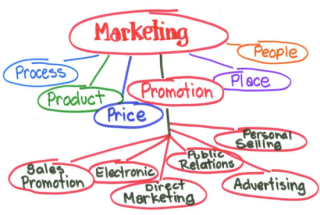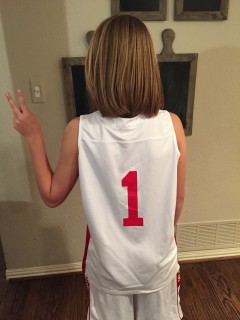I admit it, I’m a little obsessed with the Academy Awards. I’m maniacal about seeing as many of the nominated movies and performances as I possibly can, I read all the nominee’s profiles in glossy magazines, I watch them charm talk show hosts on television, and by the end of it I fall a little in love with the people I hope will win.
 It wasn’t until I started working here on the Porch that I realized just how big a role marketing played in these hallowed awards. Film is big business, and winning an Oscar translates into big dollars for the winner. It’s no wonder, then, that Oscar campaigns are born from basic marketing tenets:
It wasn’t until I started working here on the Porch that I realized just how big a role marketing played in these hallowed awards. Film is big business, and winning an Oscar translates into big dollars for the winner. It’s no wonder, then, that Oscar campaigns are born from basic marketing tenets:
You Must Have A Marketing Plan. For Oscar nominees, a marketing plan involves promotion of their film, their performance, and themselves in a way that appeals to voters and the moviegoing public. It’s a specific, multi-platform approach designed to build support and influence voters.
You Must Commit to the Investment. I was shocked to read that big studio Oscar-winning films will have had $10 million dollars spent on their campaigns. Studios know that an investment in marketing pays dividends, so they hire PR and marketing firms to guide them every step of the way.
You Must Know Your Brand. Much like a business, an Oscar marketing plan is built on the nominee’s image (their brand, if you will), and in all promotion, the message must stay true to that brand. As an example, this year’s best actor winner, Leonardo DiCaprio, who is normally reclusive and whose reputation is more party boy than serious adult, went on talk shows to portray himself as accessible and even had a well documented meeting with the Pope. Brand, brand, brand.
You Must Utilize Your Resources Wisely. Historically, print ads in trade magazines like Variety and Hollywood Reporter have been costly but successful in the Oscar world; but with readership in traditional publications shrinking, a reallocation of resources is taking place. Social media is a must (yes – #LeoForOscar was a thing). Attending relevant events such as film festivals, making the rounds on high profile talk shows, and being accessible for major media profiles all have their place.
These Oscar campaigns show the value of strong marketing! Marketing is essential for your business. Having a plan. Investing in the plan. Knowing your brand. Being true to your brand. And knowing how to reach your customers.
The power of good marketing is far-reaching! Hollywood knows it. Do you know it?
 ssly spread your message.
ssly spread your message.

 It wasn’t until I started working here on the Porch that I realized just how big a role marketing played in these hallowed awards. Film is big business, and winning an Oscar translates into big dollars for the winner. It’s no wonder, then, that Oscar campaigns are born from basic marketing tenets:
It wasn’t until I started working here on the Porch that I realized just how big a role marketing played in these hallowed awards. Film is big business, and winning an Oscar translates into big dollars for the winner. It’s no wonder, then, that Oscar campaigns are born from basic marketing tenets:





